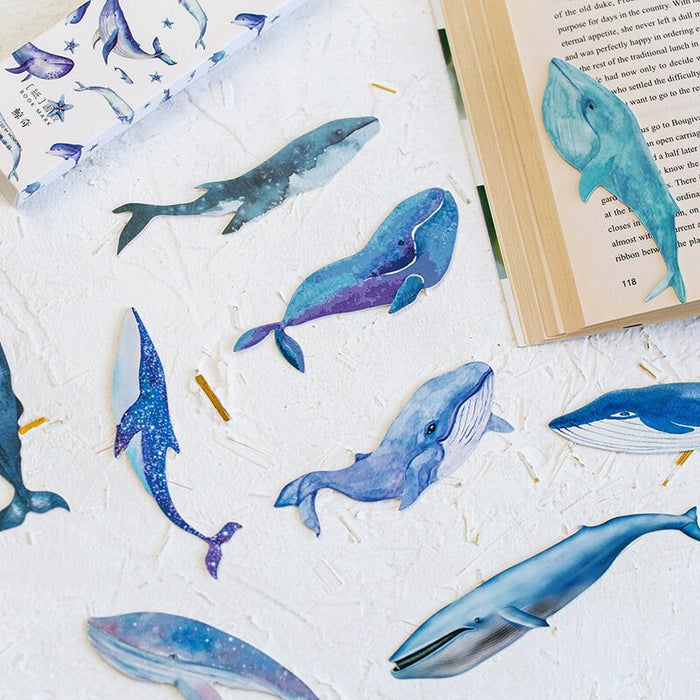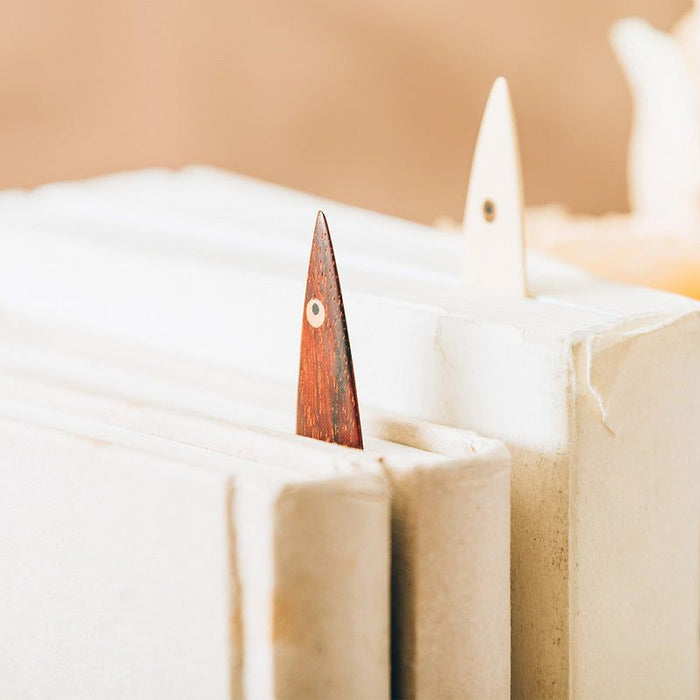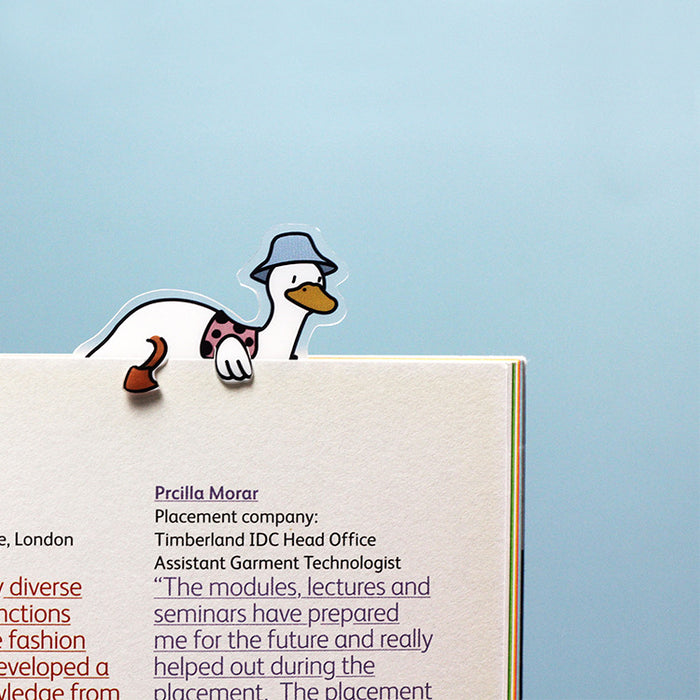The history of bookmarks stretches back thousands of years, with evidence of rudimentary placeholders used in ancient texts.
As literacy spread in medieval Europe, readers needed ways to mark their place without harming fragile manuscripts and printed works.
This birthed the bookmark's evolution.
Scholar A.W. Coysh's seminal text on bookmark collecting categorizes their history into four eras:
Pre-1550s - Primitive placeholders like feathers, stones, and leather strips inserted between pages predate formal bookmarks. Ancient texts feature placeholders to save one's spot.
1550s-1880s - The Ribbon Era. In 1584, Queen Elizabeth I received a ribbon bookmark from her royal printer, setting a precedent. Through the 19th century, ribbons attached to bindings were the norm. Detachable bookmarks emerged in the 1850s.
1880s-1901 - The Victorian Advertising Era. Bookmarks became advertising tools, enabled by color printing. Chromolithographed paper and celluloid bookmarks promoted goods, services, and causes as inexpensive promotional items. Collectible bookmark sets were marketing premiums.
1901-present - The Publicity & Greetings Era. Bookmarks continue as advertising, but gain other functions like commemorating events, conveying messages, art, and more.
Other scholars like Joan Huegel offer more detailed categorizations of bookmark types over history:
- Advertising - Promoting products, services, companies, causes
- Commemorative - Marking historical events, anniversaries
- Foreign - Styled after other countries or cultures
- Government - Issued by government agencies or entities
- Handmade - Crafted bookmarks in materials like embroidery and beading
- Libraries - Issued by or related to libraries
- Organizations - Associated with clubs, groups, charities, nonprofits
- Novelty - Humorous, unique, or specially-designed for interest
- Materials - Classified by material like silk, leather, or silver
- Publishers - Issued by book publishers and sellers
- Religious - Styled after religious texts or conveying spiritual messages
- Silk - Made of silk fabric, sometimes embroidered
- Souvenir - Meant as keepsakes or tied to specific locations
Bookmarks have been fashioned from a vast array of materials including paper, vellum, ribbons, fabrics, leathers, wood, bone, shell, precious metals, stones, glass, plastics, and more. Some unusual materials include silver, gold, ivory, mother of pearl, tortoiseshell, ostrich feathers, and dried flowers.
In Victorian England, fancy bookmarks were essential accessories for books seen as near-sacred texts deserving protection. Collectible silver, mother-of-pearl, and ivory page-markers incorporated letter openers so readers could slice pages without tools. Publishers began pre-cutting pages, transforming page-markers solely into bookmarks.
Early 20th century bookmarks became inexpensive collectibles, issued in complete sets by everyone from publishers to insurers to railways. Children and adults alike amassed them. Their small size and eye-catching appeal made bookmarks a versatile advertising medium.












